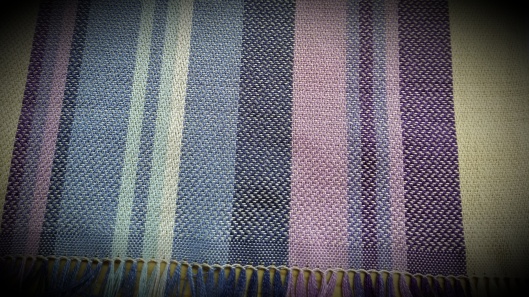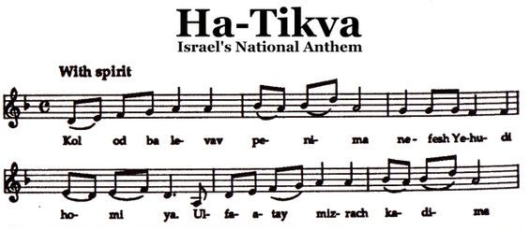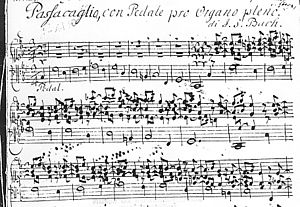
The “Tallit Prayer Scarf”
Today tallits come in many sizes, shapes, colors and designs. This is possible because their are no rules governing what the tallit as a garment should look like. The only part of the tallit that is prescribed is the tzitzit (tassels or fringes) at the four corners:
Speak to the children of Israel, and say to them that they shall make for themselves fringes on the corners of their garments, throughout their generations, and that they shall affix a thread of sky-blue on the fringe of each corner.
This shall be tzitzit [fringes] for you, and when you see it, you will remember all the commandments of G‑d to perform them, and you shall not wander after your hearts and after your eyes after which you are going astray.
So that you shall remember and perform all My commandments, and you shall be holy to your L‑rd. (Numbers 15:38 – 40)
I have found that the larger sizes of tallits are a bit, well, large for use in daily prayer at home, or while traveling. So I created the tallit scarf in the photo above.* It was woven on my rigid heddle loom, of 100% cotton. The tzitzit are hand tied.
If there is an interested , we will offer them in our Etsy and Amazon Shops at Ephods and Pomegranates.

Blessing for wearing the tzitzit (the tallit):
Blessed are you, Adonai our God, Sovereign of the Universe, who has sanctified us with commandments, and instructed us to wrap ourselves in tzizit.
This shall be tzitzit [fringes] for you . . . It is said that this is one of the few commandments who purpose is carefully explained in Torah: and when you see it, you will remember all the commandments of G‑d to perform them, and you shall not wander after your hearts and after your eyes after which you are going astray. In a very real sense, the commandment to wear tzitzit is equal in importance to all the others put together, because its purpose is to remind us of them all.
There are several different designs of tallits in our Etsy and Amazon shops. Perhaps this tallit scarf, which I have woven for myself, will become one of them.
* The scarf shown is a woven representation of the climax of Beethoven’s Ninth Symphony, which includes Schiller’s poem “Ode to Joy:
Freude, schöner Götterfunken,
Tochter aus Elysium,
Wir betreten feuertrunken,
Himmlische, dein Heiligtum!
Deine Zauber binden wieder
Was die Mode streng geteilt;
Alle Menschen werden Brüder
Wo dein sanfter Flügel weilt.
Joy, beautiful spark of the gods,
Daughter from Elysium,
We enter, drunk with fire,
Heavenly One, thy sanctuary!
Your magic binds again
What convention strictly divides;
All people become brothers,
Where your gentle wing abides.











 Have you ever wondered what the sound of Bach looks like? No, not on an oscilloscope, but in the rich colors of woven cloth, in a way that works just like sheet music?
Have you ever wondered what the sound of Bach looks like? No, not on an oscilloscope, but in the rich colors of woven cloth, in a way that works just like sheet music?
 My first venture into the art of the handweaving of Baroque music on a loom is complete. I am willing to bet that, unless you have been following this blog, you have never seen anything like it.
My first venture into the art of the handweaving of Baroque music on a loom is complete. I am willing to bet that, unless you have been following this blog, you have never seen anything like it.